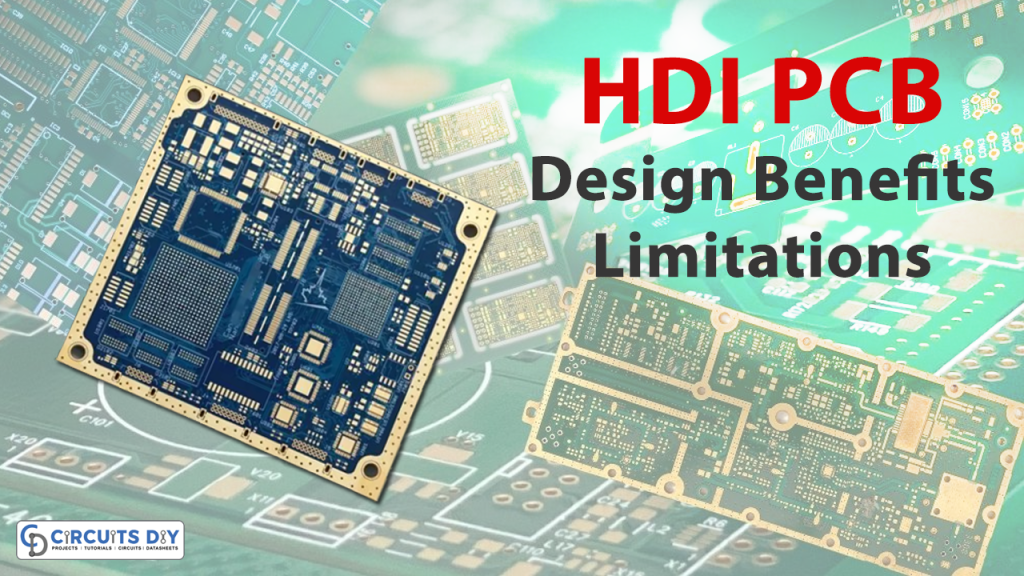High-Density Interconnect (HDI) PCBs represent a significant advancement in printed circuit panel technology, providing superior performance in compact electronic devices. Unlike conventional PCBs, HDI PCBs power sophisticated production techniques to accomplish larger world densities and smaller variety factors. This enables for the integration of more parts and functionality into a smaller room, creating them suitable for purposes where measurement and weight are critical factors.
One of many important options that come with HDI PCBs is their use of microvias, which are tiny holes drilled in to the PCB substrate to create connections between various levels of the board. These microvias help more effective routing of signs and energy, lowering indicate reduction and increasing over all electrical performance. Additionally, HDI PCBs can integrate numerous levels of circuitry, further increasing their functionality and flexibility.
The lightweight size and high-density format of HDI PCBs also subscribe to improved indicate strength and reliability. With faster indicate routes and reduced electromagnetic disturbance, HDI PCBs can help higher-speed information sign and more complicated electronic designs. This makes them well-suited for use in advanced electronics such as for instance smartphones, tablets, wearables, and automotive systems.
As well as their electrical performance benefits, HDI PCBs provide benefits when it comes to production efficiency and cost-effectiveness. By consolidating numerous components onto just one board, HDI PCBs lower the need for additional construction measures and interconnects, streamlining the manufacturing process and lowering overall production costs. Moreover, their smaller measurement and light fat may result in savings on product and delivery expenses.
HDI PCB engineering continues to evolve quickly, driven by the need for smaller, more powerful digital devices. Improvements such as for instance stacked microvias, successive lamination, and laser positioning are forcing the boundaries of what is probable with HDI PCBs, permitting even greater levels of integration and performance. Consequently, HDI PCBs are set to enjoy a main role in the growth of next-generation technology across a wide variety of industries.
Despite their several benefits, developing and production HDI PCBs may present issues, especially with regards to format, impedance get a grip on, and thermal management. Manufacturers should carefully consider facets such as for instance indicate integrity, pcb printed circuit board assembly distribution, and part location to ensure optimum efficiency and reliability. Also, the utilization of sophisticated manufacturing methods such as for instance laser drilling and sequential lamination requires particular equipment and expertise.

Over all, HDI PCBs signify an important advancement in printed circuit board technology, giving a combination of high end, compact size, and cost-effectiveness which makes them well suited for a wide variety of applications. As technology continue to become smaller, lighter, and more powerful, the need for HDI PCBs is expected to develop, operating more advancement in the field.
